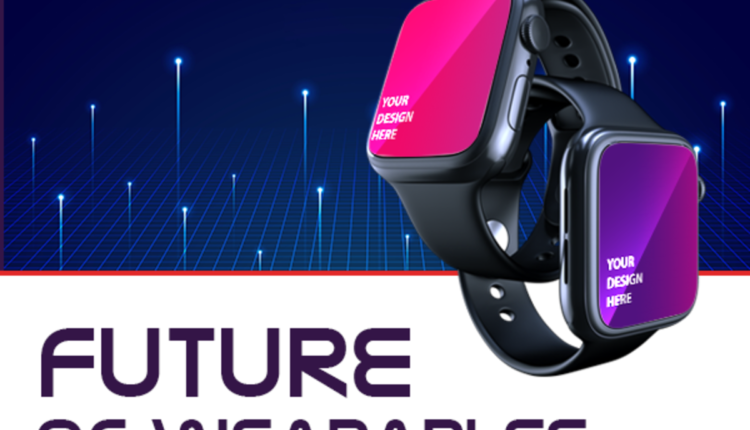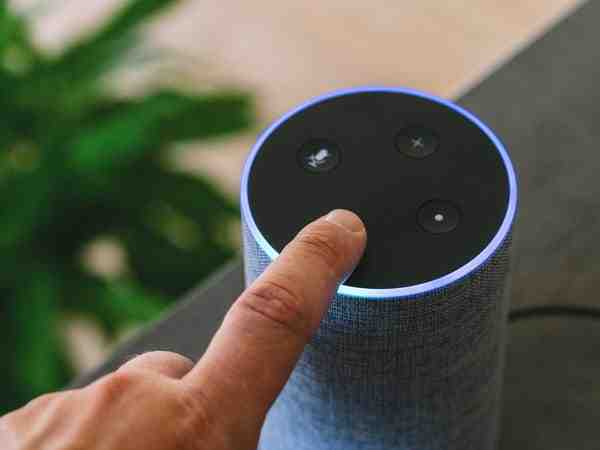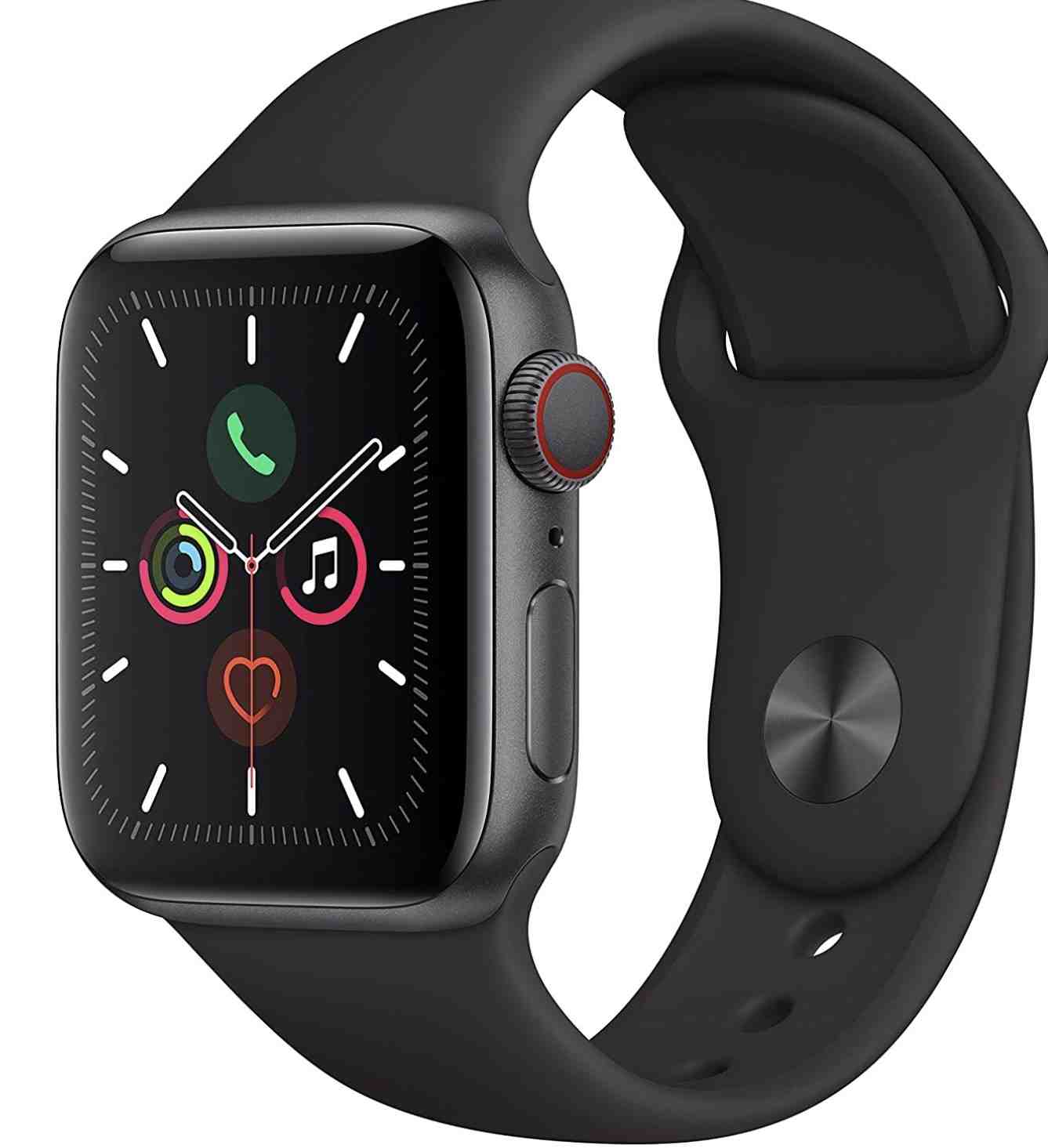What is the future of wearable technology?
How can the health wearable devices help us?
Contents
Consumable technology in healthcare includes electronic devices that consumers can wear, such as Fitbits and smart watches, and are designed to collect users’ personal health and fitness data. On the same subject : Why wearable technology is a trend?. These devices can even send user health information to a doctor or other healthcare professional in real time.
How does consumables help in everyday life? Life-Saving Consumable Technology For example, many elderly patients now wear heart monitors and GPS positioning devices that alert alerts when something goes wrong or they get lost. Certain types of consumable Remote Patient Monitoring devices can even warn caregivers when a person falls.
What are 5 benefits of wearable technology?
Start Seeing These 5 Positive Changes with Consumables This may interest you : What are the Top 5 wearable technologies today?.
- Increased Productivity. Wearable goods have a wide range of features that deliver 15% táirgeadh increased production. …
- Improved Speed. Count every second in operational workflows. …
- Superior Task Accuracy. …
- Excellent Wireless Readability. …
- Increased Worker Awareness.
Who benefits from wearable data?
Benefits of consumable technology The report states that consumables technology benefits from three components: health providers, health payers, and patients. As already mentioned, wearable technologies are on the market, but with the exception of the popular Fitbit, they are not yet mainstream healthcare devices.
What are the benefits of wearable technology?
Consumable technology provides us with the ability to monitor our fitness levels, track our location with GPS, and view text messages faster. Best of all, most devices that allow us to do this are hands free and portable, eliminating the need to remove our devices from our pockets.
Do wearables improve health?
patients using currently prescribed medical consumables. To see also : What are the benefits of wearable technology?. 86% of patients surveyed agreed that their devices improved their health and quality of life, and enabled their doctors to provide higher quality care.
Why is wearable technology good?
Consumable technology provides us with the ability to monitor our fitness levels, track our location with GPS, and view text messages faster. Best of all, most devices that allow us to do this are hands free and portable, eliminating the need to remove our devices from our pockets.
What is the impact of wearable technology in the healthcare industry?
Consumable devices have proven to be useful in helping the patient and clinician create a care plan and track results. Consumable devices also help to provide real-time data and to promote self-management for chronic conditions.
What are the advantages of wearable devices?
Consumable technology is easy to use They are lighter, smarter and more comfortable to wear than ever before. They are also easy to set up, because most devices integrate with your smartphone or work independently. Most, if not all, wearable goods offer easy portability and increased user-friendliness.
What is the purpose and use of wearable devices?
Wearables are electronic technology or devices that are incorporated into items that can be worn comfortably on a body. These consumable devices are used to track information on a real-time basis. They have motion sensors that take the picture of your day-to-day activity and synchronize them with mobile devices or laptops.
What are the disadvantages of wearables?
Disadvantages of consumable technology Technical disadvantages, poor data quality, poor design or obsolete design of the device are just some of the disadvantages of consumable technology.
What is the future of smart watches?
The global smart consumer consumables market is estimated to reach 776.23 million shipments by 2026. And, despite the pandemic, in 2020 266.5 million consumable units were shipped to customers. The boom in the consumable market is closely linked to the demand from consumers who are highly connected today.
Is 2020 really worth it on smart watches? As a Health and Medical Device One of the most compelling reasons to watch smart is to help improve and maintain your health. Many smart watches are marketed as advanced fitness trackers rather than smart watches. This is probably one of the most important and practical reasons to buy one.
What is the future of wearable technology?
Future wearables could be more hidden by placing a thin film inside your favorite jewelry to measure biometric data, activity levels and even let you know when you were typing at a keyboard too long. Personal. From wedding rings to Invisalign, things worn on the body 24-7 are personal.
Is the future of wearable technology a reality?
Gartner predicts that the global leisure goods market will grow by 17% by the end of this year, with wrist-based devices such as smart watches and fitness trackers leading the market.
What is a potential future use of wearable health devices?
The results of the study suggested that fitness trackers can help assess patients’ quality of life and provide more accurate and ongoing medical monitoring. The devices also reduced the risk of bias and may enable earlier intervention when needed and improve treatment outcomes.
Do smart watches get outdated?
Unfortunately, the average lifespan of a well-assembled solid smartwatch is only 2 or 3 years. You can probably get five years or so off from a comparable Apple Watch or Samsung watch but that’s even pushing it.
Will smartwatches become obsolete?
While smart watches can be sold on the second-hand market, they are less likely to continue to retain value because their technology is obsolete. Certainly, Quartz or a mechanical watch does not fade, and a watch collection does not build.
Why are smart watches useless?
It could be argued that the hybrid removes the two most essential features of two different devices. Likewise, a smartwatch is a more tedious investment than an analog timepiece, due to the need to charge. It also has less craftsmanship and sells not as a luxury heirloom, but as a long-powered play.
Who benefits from wearable data?
Benefits of consumable technology The report states that consumables technology benefits from three components: health providers, health payers, and patients. As already mentioned, wearable technologies are on the market, but with the exception of the popular Fitbit, they are not yet mainstream healthcare devices.
What are the health benefits of wearables? The Benefits of Consumable Technologies in Healthcare Reducing care costs – providing more remote and diagnostic healthcare services and customized treatment plans has clear potential to reduce overheads associated with the traditional healthcare model.
What are 5 benefits of Wearable technology?
Start Seeing These 5 Positive Changes with Consumables
- Increased Productivity. Wearable goods have a wide range of features that deliver 15% táirgeadh increased production. …
- Improved Speed. Count every second in operational workflows. …
- Superior Task Accuracy. …
- Excellent Wireless Readability. …
- Increased Worker Awareness.
What are the benefits of wearable technology?
Consumable technology provides us with the ability to monitor our fitness levels, track our location with GPS, and view text messages faster. Best of all, most devices that allow us to do this are hands free and portable, eliminating the need to remove our devices from our pockets.
What areas of healthcare might benefit from a Wearable technology?
Wearables are small electronic devices that, when placed on your body, can help control temperature, blood pressure, blood oxygen, breathing rate, sound, GPS position, elevation, physical movement, changes of direction, and electrical activity of the heart. measure, muscles. , brain, and skin.
What can Wearable technology be used for?
Wearable technology aims to influence the fields of health and medicine, fitness, aging, disability, education, transportation, enterprise, finance, gaming, music, etc. leo.
Which watches will increase in value?
5 Watches That Increase Value Over Time
- Game Rolex Submariner. Rolex Submariner
- Black Bay Tudor Heritage. Black Bay Tudor Heritage.
- Rolex Explorer 2016. Rolex Explorer 2016. …
- Omega Seamaster 300. Omega Seamaster 300. …
- TAG Heuer Carrera. TAG Heuer Carrera.
Does the value of any watches increase? The reputation of the brand plays a huge role in determining its future value. The value of watches from Patek Philippe, Audemars Piguet, and other premium brands will almost always increase, with no regard for holding their own. The same goes for Rolex, which has built a brand identity that far surpasses any other.
Sources :




Comments are closed.